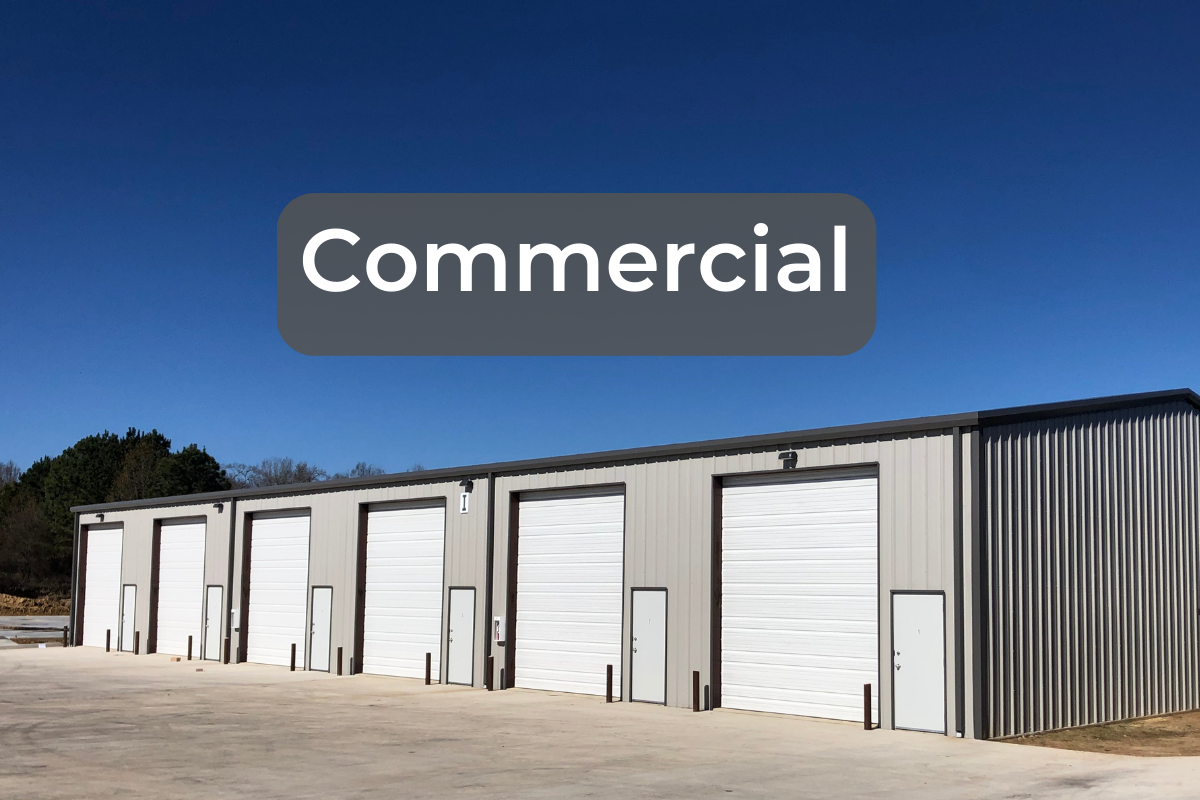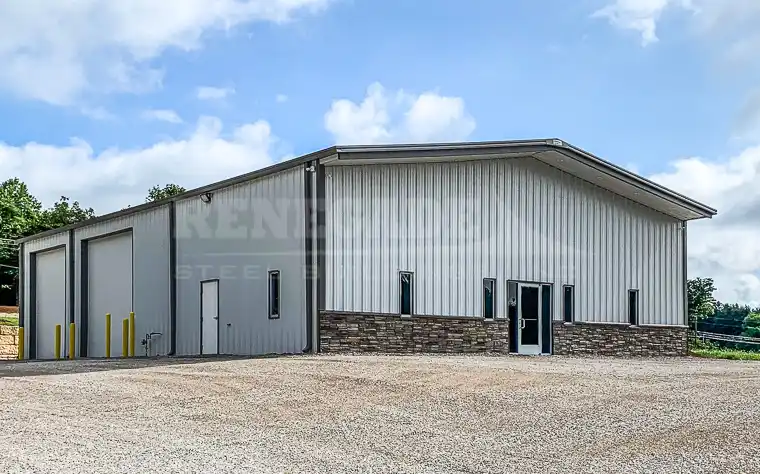Specialist Overview to Steel Structure Design: Making Best Use Of Effectiveness and Long Life
In the world of building, the selection of building material holds paramount value in identifying the performance and durability of a framework. Steel, with its phenomenal toughness, sturdiness, and flexibility, has actually emerged as a popular option for contemporary structure layout. Engineers and architects are constantly discovering ingenious ways to harness the capacity of steel in building sustainable and long-lasting structures. From optimizing design considerations to applying economical construction techniques, the journey in the direction of making best use of efficiency and long life in steel building style is a complex one, offering a blend of practical challenges and creative solutions that propel the industry forward.
Advantages of Steel Structures
Steel buildings use unequaled durability and cost-effectiveness contrasted to typical construction products. The strength of steel gives exceptional structural stability, making it a preferred selection for buildings that need to stand up to severe weather problems or hefty loads. Steel is extremely resistant to pests, mold and mildew, and fire, making certain a longer life-span with very little maintenance demands. Additionally, steel is a sustainable product, as it is fully recyclable and can be repurposed at the end of its valuable life.
In terms of cost-effectiveness, steel buildings are often extra economical than frameworks made from other products. The efficient building procedure of steel buildings can lead to lowered labor costs and much shorter task timelines. Steel's toughness additionally translates to lower upkeep costs with time, as there is much less requirement for substitutes or repairs compared to conventional building products.
Layout Factors To Consider for Efficiency
Offered the advantages of steel buildings in terms of resilience and cost-effectiveness, it is critical to concentrate on layout considerations that make the most of effectiveness and durability. When developing a steel building for ideal efficiency, variables such as the insulation, layout, and positioning must be meticulously taken into consideration. Effective formats can lessen material waste throughout building and enhance the performance of the structure. Furthermore, choosing the ideal alignment can assist take full advantage of natural light exposure, minimizing the requirement for synthetic lights and reducing power expenses.

Additionally, integrating energy-efficient systems, such as HVAC, lights, and sustainable power sources, can further improve the performance of steel buildings. By integrating these design considerations, steel frameworks can accomplish optimum efficiency and durability, giving cost-efficient and lasting options for various construction projects.
Architectural Integrity and Durability

In addition, the selection of high-grade steel and finishes is essential for longevity. Corrosion-resistant coverings protect against corrosion and wear and tear, extending the life of the framework. Routine upkeep, including evaluations for indicators of wear or damage, is additionally crucial for determining and resolving issues prior to they compromise the building's integrity. By prioritizing structural integrity in the layout stage and throughout the structure's life expectancy, proprietors can ensure their steel structures continue to be secure, reliable, and sturdy for many years ahead.
Cost-efficient Building And Construction Techniques
Efficient construction approaches play a crucial duty in handling costs without compromising the quality and stability of steel structure projects. One economical technique is making use of pre-engineered steel structure systems. These systems are created off-site and then set up on-site, decreasing building and construction time and labor expenses. Additionally, pre-engineered steel buildings are known for their durability and call for marginal maintenance, causing lasting expense savings.
An additional cost-efficient approach is the design-build technique, where the style and building phases are incorporated. This method promotes cooperation between the style and building teams, simplifying the process and lessening delays and expense overruns (steel buildings). By involving all stakeholders from the get go, prospective problems can be determined and solved early, conserving both money and time
In addition, taking on sustainable construction methods, such as using recycled steel and integrating energy-efficient functions, can lead to considerable cost financial savings in the future. These techniques not only minimize construction waste but additionally lower operational expenses via improved energy performance. Finally, applying economical construction techniques is crucial for making the most of performance and ensuring the durability of steel structure projects.
Upkeep Tips for Long Life
Correct upkeep methods are crucial for making certain the longevity and structural integrity of steel buildings. Regular inspections are important to determine any kind of indications of deterioration, damages, or use that might jeopardize the structure's longevity. As component of a detailed maintenance plan, it is very important to immediately address any kind of concerns that emerge to stop them from rising and causing a lot more comprehensive damages.

Another important maintenance suggestion is to examine the structure's links, fasteners, and welds to ensure they are secure and in excellent condition. Any kind of loosened or broken components must be repaired or changed read here quickly to preserve the architectural honesty of the structure. By implementing an aggressive upkeep routine, steel building owners can optimize the longevity and performance of their structures.
Verdict
In final thought, steel buildings supply various advantages such as longevity, effectiveness, and cost-effectiveness. By very carefully considering style facets, guaranteeing architectural integrity, and using economical building and construction techniques, steel structures can be maximized for optimal performance and longevity. Normal maintenance is also crucial to ensuring the longevity of a steel building. In general, steel buildings are a dependable and long lasting alternative for various construction projects.
From maximizing style factors to consider to applying cost-effective building and construction techniques, the trip in the direction of taking full advantage of performance and long life in steel building style is a multifaceted one, offering a mix of practical challenges and innovative options that move the sector onward.
Given the benefits of steel structures in terms of toughness and cost-effectiveness, it is essential to focus on style factors to consider that make best use of performance and durability. When developing a steel site here building for ideal efficiency, elements such as the orientation, design, and insulation have to be meticulously considered. In conclusion, applying economical building and construction methods is essential for making the most of efficiency and making sure the durability of steel building projects.
By thoroughly thinking about design facets, making sure structural integrity, and utilizing cost-efficient construction approaches, steel structures can be optimized for optimal performance and longevity.
Comments on “Versatile Steel Buildings: Suitable for Storage Facilities, Workshops, and Storage Space Facilities”